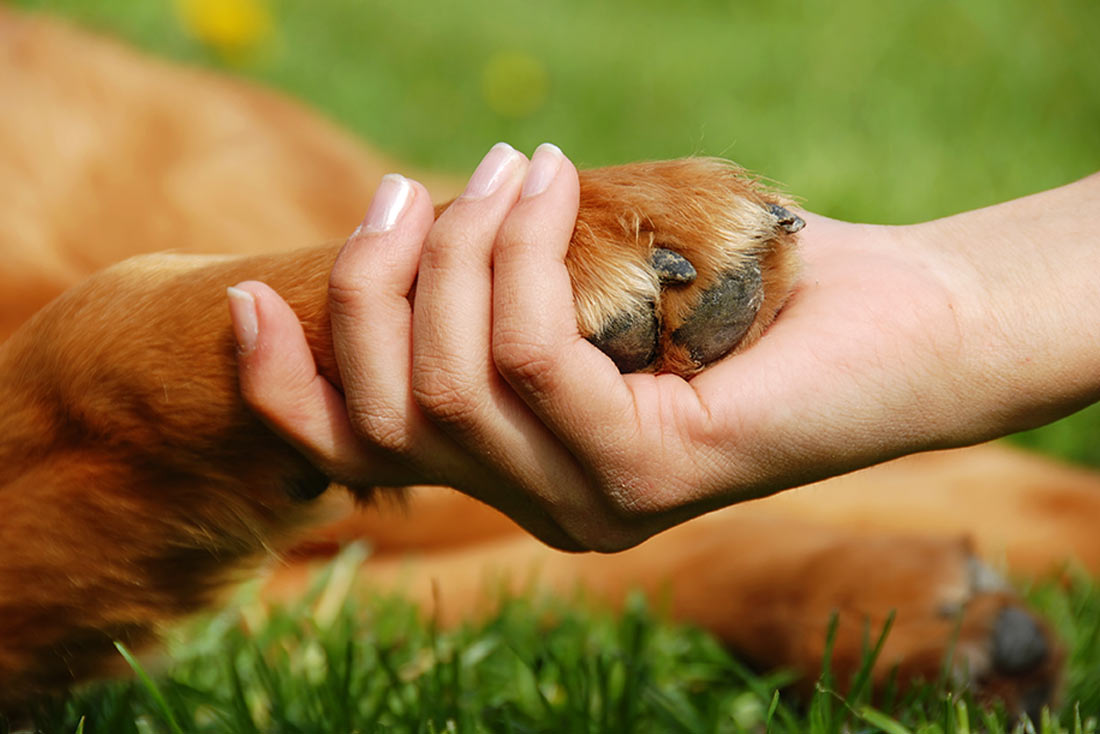The Benefits of Regular Grooming
Why Grooming Is Important
Good grooming is about more than just having a pretty pet. You’re also tackling potential health conditions. Here’s how to care for your pet before any problems crop up.
Fur. Brush your cat or dog several times a week, Cruz says, even if it has short hair. This will cut down on hairballs, which cats almost always vomit or eliminate in the litter box. Sometimes, though, a severe hairball can cause stomach or intestinal blockages. Hairballs aren’t as big a problem for dogs, but they do occur.
Eyes and ears. When your pet gazes up at you with adoring eyes, they should be nice and clear, and shiny and moist-looking. Tell your veterinarian if you see any redness or irritation, or a cloudy eye. Ears need routine checks, too. Once a week, “flip the ears and take a look and a sniff. They should smell like absolutely nothing. If they’re red or inflamed, if you see a lot of debris, your pet may have an infection and requires medical attention. To help prevent infections and other complications, try liquid ear cleaners designed for pets. Simply fill the ear canal with the cleaner, massage the base of the ear, let your pet shake out the liquid, and wipe away the excess.
Nails. Active dogs that wear down their claws may not need nail trimming, but cats and indoor dogs usually do. Long nails, including the dewclaws on the inner paw, can grow into toe pads and skin, causing pain and infection. Trim dog nails a sliver at a time to avoid cutting into the quick, the area within the nail that contains blood vessels. If you cut into the quick, styptic powder will stop bleeding. If trimming intimidates you, visit a pet groomer or veterinarian.
Brushing Your Pet’s Teeth
Brushing your pet’s teeth might seem like an unlikely feat, but veterinarians say it’s a great idea. The gold standard is to brush your pet’s teeth on a daily basis. Not realistic? Aim for once or twice a week. At the pet store, pick up a cat or dog toothpaste and a toothbrush kit, which includes a special toothbrush or a small brush that fits over your finger and inserts easily into your pet’s mouth. Avoid human toothpaste, which can upset pets’ stomachs.

